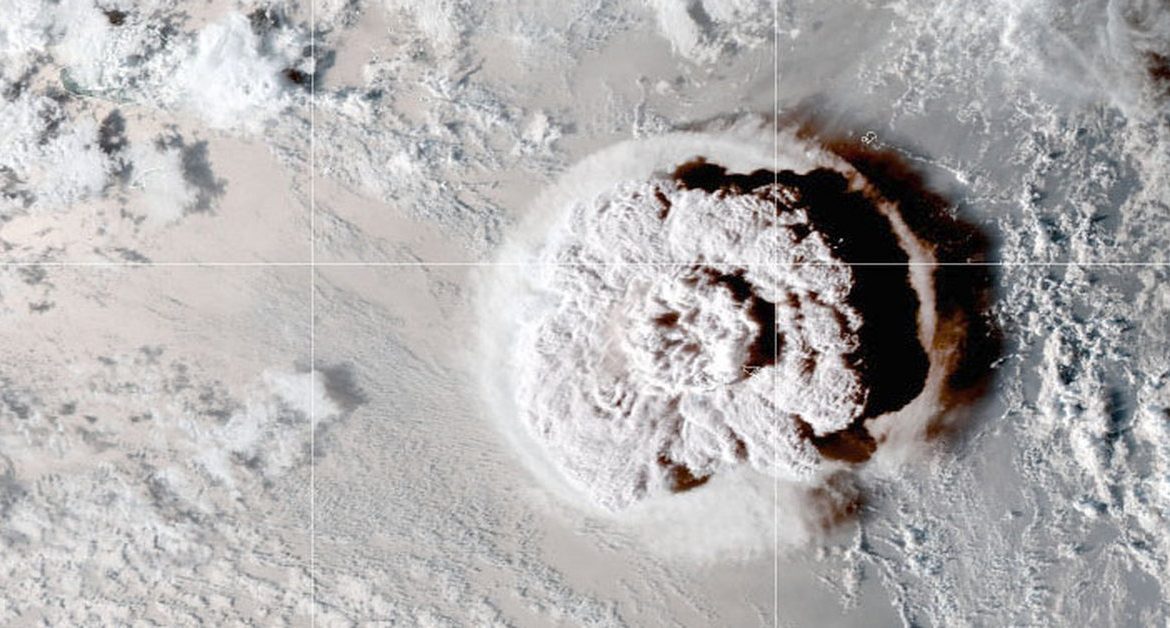The volcano erupted on January 15, creating a cloud of ash that rose more than 50 kilometers above the planet’s surface. The heat from the hot water and ash was the largest source of gravitational waves (displacement oscillations) on Earth for 12 hours. Satellites recorded the spread of these waves throughout the Pacific Ocean.
Read also: “They gnawed the earth with pain” – a disease that killed half a million Poles
The waves in the atmosphere from the impulse circled the Earth at least 6 times, and reached nearly the maximum possible speed, which is 320 m/s, or 1152 km/h. We have never seen such waves before.
The study authors concluded that the fact that a single event dominated such a vast area is unique in the history of observing volcanic eruptions and will help improve climate and weather models. – It was a really massive explosion, and really unique compared to what scientists have had the opportunity to observe so far. We’ve never before seen atmospheric waves circling the entire planet, or waves so fast, so close to the theoretical limit. It was a wonderful natural experience. The data we’ve collected will help us better understand the atmosphere, says Dr Corwin Wright from the University of Bath.
Created Date: Today 10:46







